Breadcrumb
This resource is part of:
Pre-War Jewish Life in Eastern Europe (en español)
La vida de los judíos antes de la guerra en Europa Oriental
Explore photographs of the everyday lives of European Jews living in shtetls and larger cities before World War II.


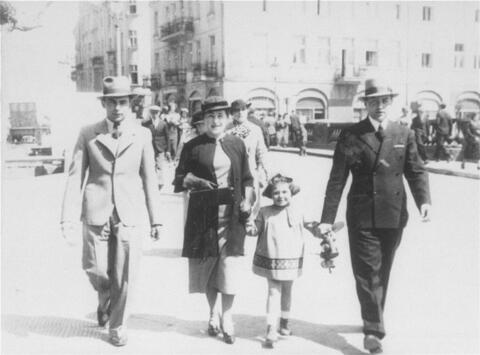



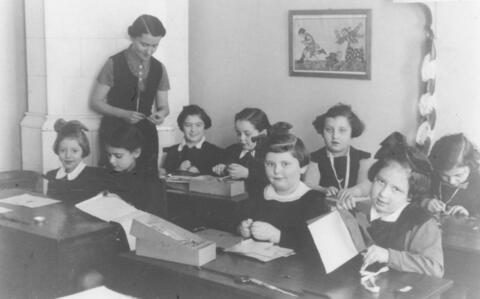

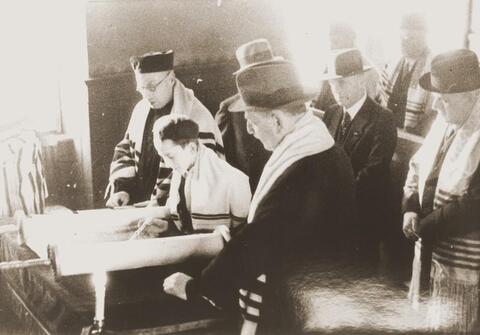

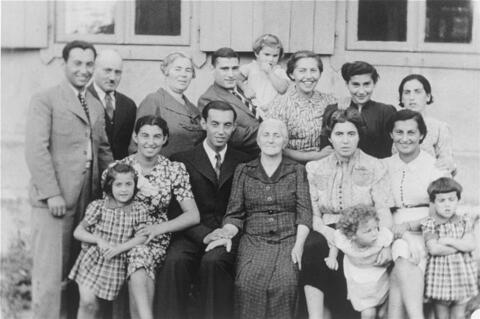

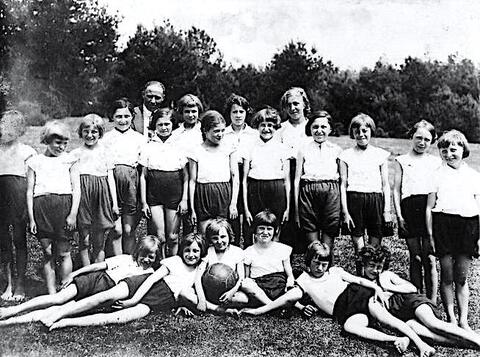

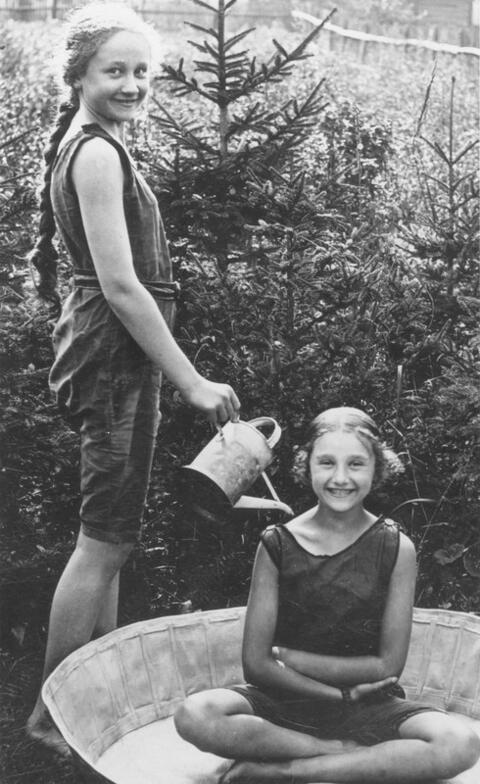

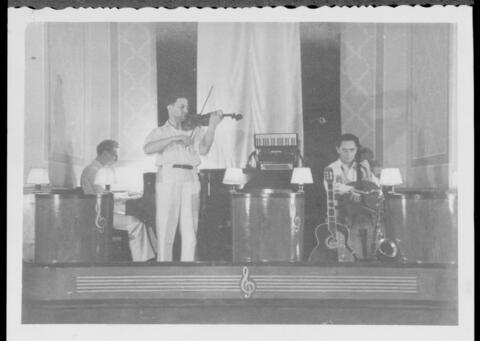

Shabbtai Sonenson and Teacher
Shabbtai (Shepske) Sonenson takes one of the shtetl's Hebrew teachers for a ride on his new motorcycle, 1941.
Jewish Family in Kalisz
A family in Kalisz, Poland, May 16, 1935.
Friends in Shtetl
A group of friends sledding in the shtetl, January 12, 1932.
Kalecka Jewish Elementary School
Pupils in the second grade work in their classroom at the Kalecka Jewish elementary school in Warsaw, Poland, ca. 1937–1938.
Bar Mitzvah at Zerrennerstrasse Synagogue
Ludwig Nachmann, the president of the congregation, follows the Torah reading during a bar mitzvah at the liberal Zerrennerstrasse synagogue in Pforzheim, Germany, 1936.
Three Generations of a Jewish Family, Vilnius, Lithuania
Three generations of a Jewish family in Vilnius, the capital of Lithuania, in 1938 or 1939. In the eighteenth century, Vilnius (Vilna in Yiddish) was a center of Jewish learning. By the 1920s and 1930s roughly a half of the city’s inhabitants were Jews.
A Children's Volleyball Team in Szczuczyn, Poland
A volleyball team in Szczuczyn, Poland. In the interwar years, it was not uncommon for Jewish children to participate in school or community recreational activities with non-Jewish children. Despite the lurking danger of antisemitism, Jews often had close relationships with Christians, which led many to believe that Jewish integration was possible and might even be welcomed.
Huber Sisters in Czechoslovakia, 1920
Irenka and Eliska Huber, sisters, at their home in Czechoslovakia in 1920.
Ensemble of Jewish Musicians in Latvia, 1930s
A small ensemble of Jewish musicians performs in Riga, Latvia, in the 1930s.
You might also be interested in…
Americans and the Holocaust: The Refugee Crisis

Teaching the Holocaust and Armenian Genocide: For California Educators

Introducing and Dissecting the Writing Prompt

Introducing Evidence Logs

Telling Our Histories

Adding to Evidence Logs, 1 of 4

Adding to Evidence Logs, 2 of 4

Adding to Evidence Logs, 3 of 4

Watching Who Will Write Our History

Adding to Evidence Logs, 4 of 4

Refining the Thesis and Finalizing Evidence Logs

Teaching Who Will Write Our History


